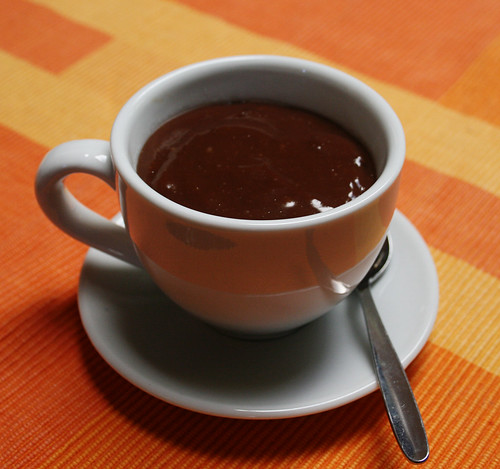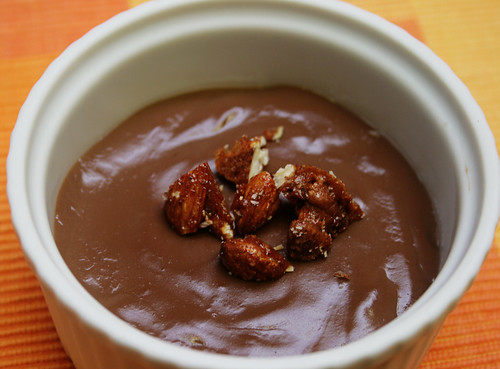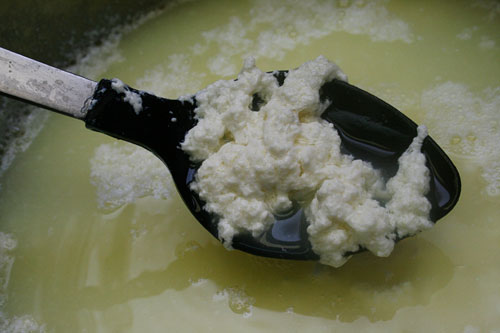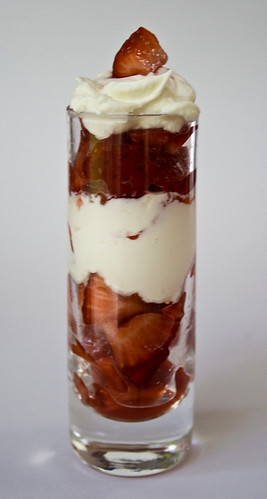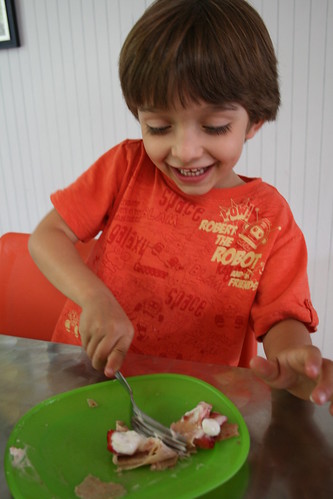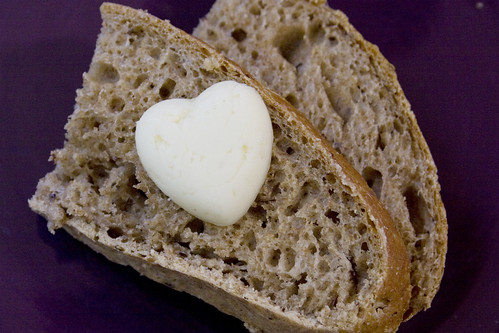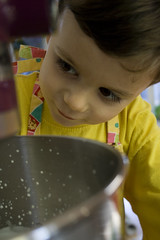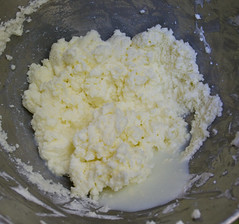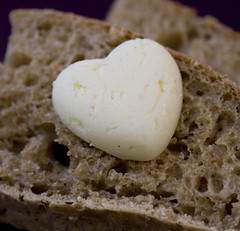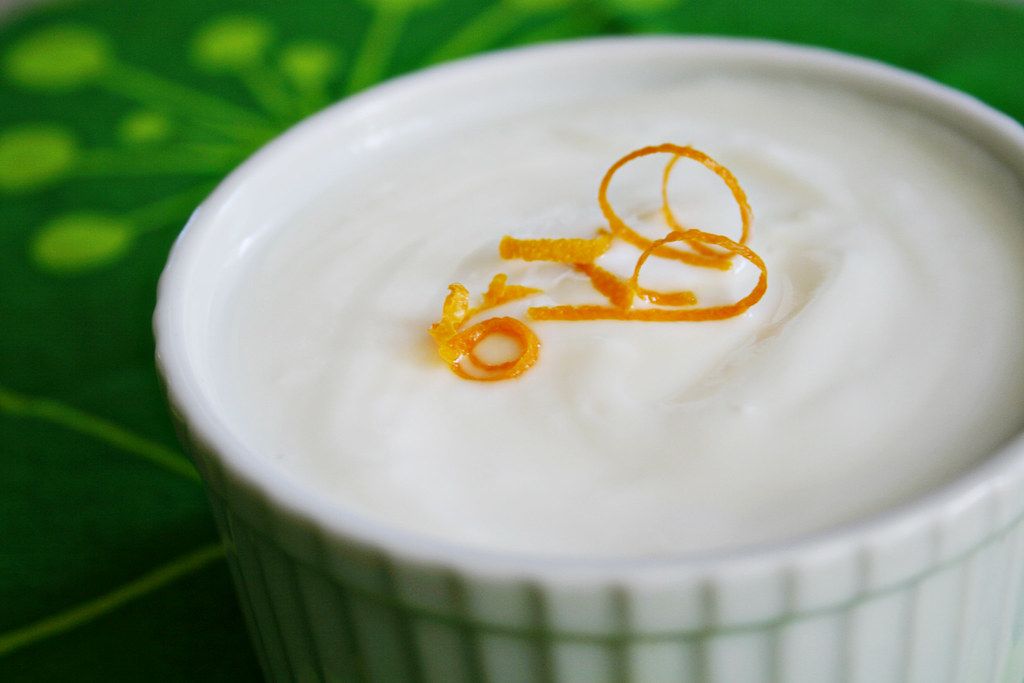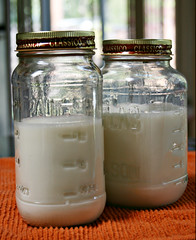But before you start thinking that I am going nuts, there's the whole story: My mom who lives in Rio stayed with us for almost 2 weeks and was very assertive on recommending that I should start considering taking daily calcium supplements to avoid bone loss. Her argument was indisputable: She echoed my family doctor's advice. Immediately I found an unopened bottle of calcium with vitamin D -the one I bought after the doctor's office July 2012 - in the pantry and started gobbling three pills a day. Later, I just found an article and another showing new studies, and suggesting that calcium should be better eaten in food, and not just in supplements or milk. Another article, a bit older was celebrating the wonders of kale.
 Three days after her depart, my worries were immediately transferred to my children's diet. My immediate question was if their daily intake of calcium is satisfactory. After some research, I found out that they are probably not. They don't find it pleasant to drink the recommended 3 to 4 servings of milk - or almond or soy milk- per day, plus some other calcium rich foods. Because they are not so happy about drinking their calcium, I now will add to my daily improvised menu some of the foods that might add what is missing: always some Swiss cheese (a slice has the daily 30% Calcium!) inside a sandwich, more yogurt (check this amazing way of making it at home!) in the house, but mainly adding more calcium loaded non-dairy ingredients to our meals: Kale, spinach, almonds, oranges and broccoli.
Three days after her depart, my worries were immediately transferred to my children's diet. My immediate question was if their daily intake of calcium is satisfactory. After some research, I found out that they are probably not. They don't find it pleasant to drink the recommended 3 to 4 servings of milk - or almond or soy milk- per day, plus some other calcium rich foods. Because they are not so happy about drinking their calcium, I now will add to my daily improvised menu some of the foods that might add what is missing: always some Swiss cheese (a slice has the daily 30% Calcium!) inside a sandwich, more yogurt (check this amazing way of making it at home!) in the house, but mainly adding more calcium loaded non-dairy ingredients to our meals: Kale, spinach, almonds, oranges and broccoli.Thanks mom for the good advice. And here a last minute recipe full of calcium!
This is a very loaded calcium food, and for my surprise both boys ate all their portion of gratin last night at dinner.
2 tablespoons Earth Balance vegetable spread
2 tablespoons all purpose non-bleached flour
1 cup 2% milk
2 cups kale, chopped
1 cup spinach
Kosher salt, to taste
2 slices swiss cheese
In a flame and oven proof skillet or small casserole melt vegetable spread and add flour, making a paste (roux). Add milk and stir continuously to make the béchamel sauce. Toss kale and spinach, mix, and sprinkle some salt. Cover with Swiss cheese and transfer to a 350 F pre heated oven. Bake for about 15 minutes. Open oven and stir vegetables and béchamel. Bake for 5 minutes more and serve. Yum!





